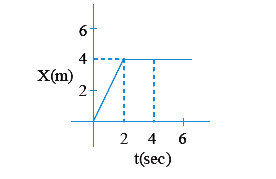In the figure given below, the position–time graph of a particle of mass 0·1 kg is shown. The impulse at t=2sec is
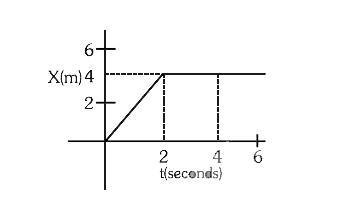
A
0.2kgmsec−1
B
−0.2kgmsec−1
C
0.1kgmsec−1
D
−0.4kgmsec−1
Video Solution
Text Solution
The correct Answer is:B
I=(0−42)×0.1=−0.2kgmsec−1
|
Updated on:21/07/2023
Topper's Solved these Questions
- BOOK - ERRORLESSCHAPTER - NEWTON'S LAWS OF MOTIONEXERCISE - ASSERTION & REASON18videos
NEWTON'S LAWS OF MOTION
- BOOK - ERRORLESSCHAPTER - NEWTON'S LAWS OF MOTIONEXERCISE - NCERT BASED QUESTION (MOTION OF CONNECTED BODIES)22videos
NEWTON'S LAWS OF MOTION
- BOOK - ERRORLESSCHAPTER - MOTION IN TWO DIMENSIONEXERCISE - ASSERTION & REASON19videos
MOTION IN TWO DIMENSION
- BOOK - ERRORLESSCHAPTER - ROTATIONAL MOTIONEXERCISE - Assertion & Reason25videos
ROTATIONAL MOTION
Similar Questions
Knowledge Check
- Question 1 - Select One
In the figure given below, the position time graph of a particle of mass 0.1kg is shown. The impulse at t=2 sec is
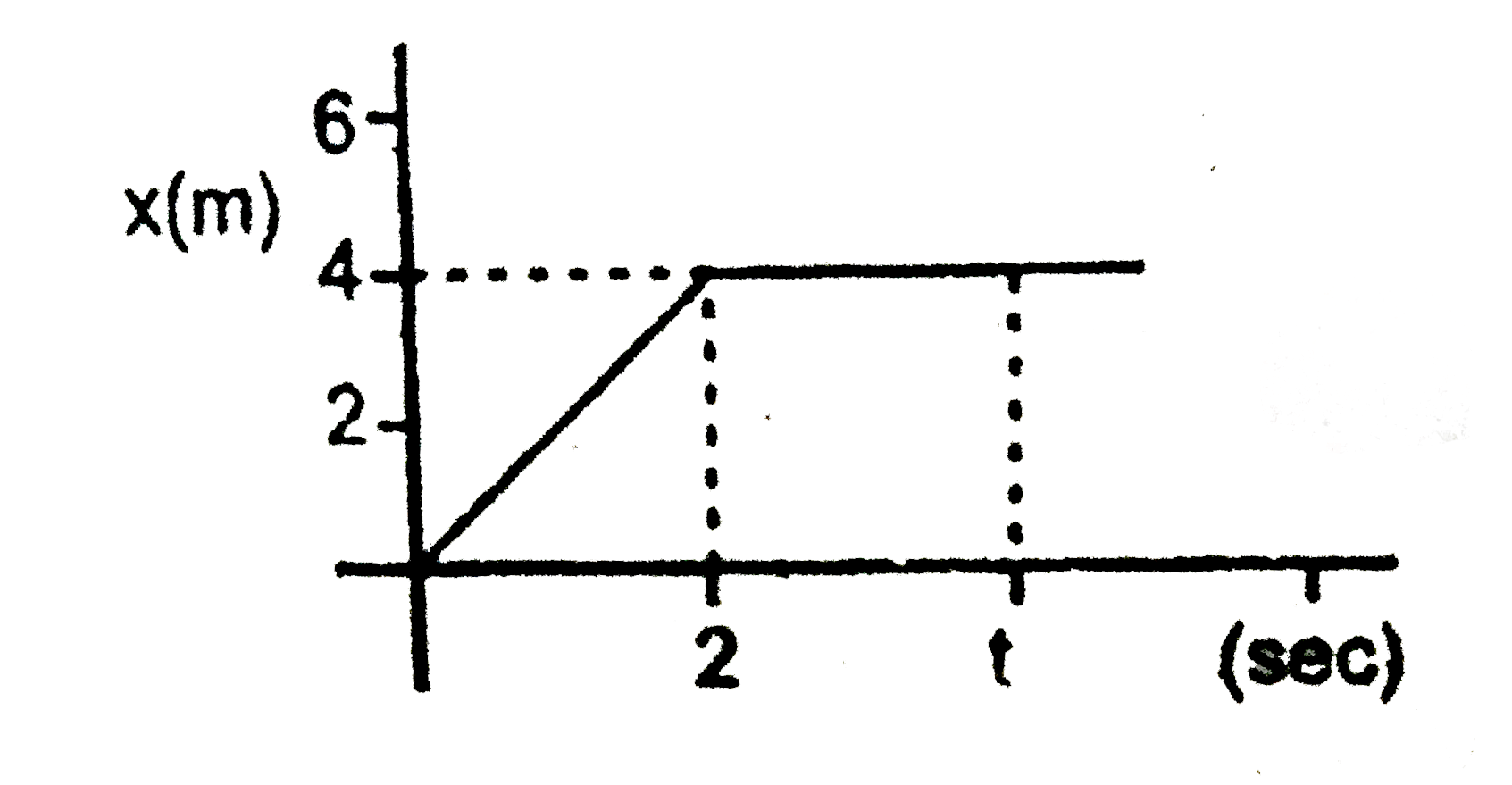 A0.2gkm/secB−0.2kgmsec−1C0.1kgmsec−1D−0.1kgm/sec
A0.2gkm/secB−0.2kgmsec−1C0.1kgmsec−1D−0.1kgm/sec - Question 2 - Select One
In the figure given below, the position-time graph of a particle of mass 0.1kg is shown. The impuslse at t=2 sec is
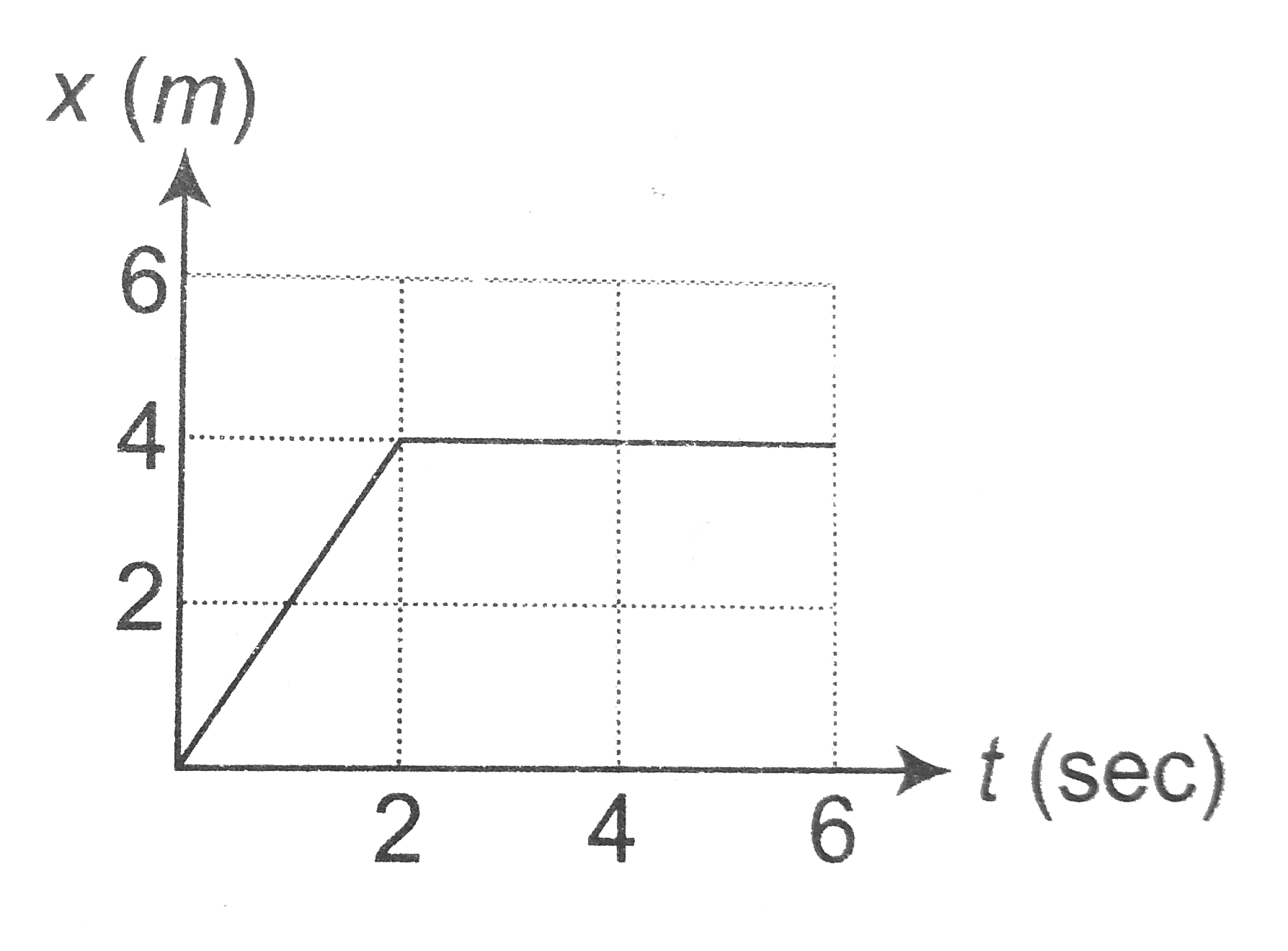 A0.2kgm/secB−0.2kgm/secC−0.1kgm/secD−0.4kgm/sec
A0.2kgm/secB−0.2kgm/secC−0.1kgm/secD−0.4kgm/sec - Question 3 - Select One
In the figure given, the position-time graph of a particle of mass 0.1 kg is shown the impulse at t = 2s is
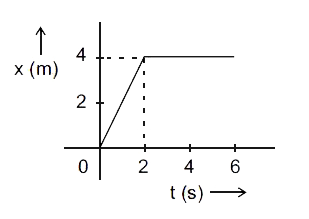 A0.2 kg m/sB−0.2 kg m/sC0.1 kg m/sD−0.4 kg m/s
A0.2 kg m/sB−0.2 kg m/sC0.1 kg m/sD−0.4 kg m/s
Shows position time graph of a particle of mass 100g Find the impulse at t=0 and at t=4s
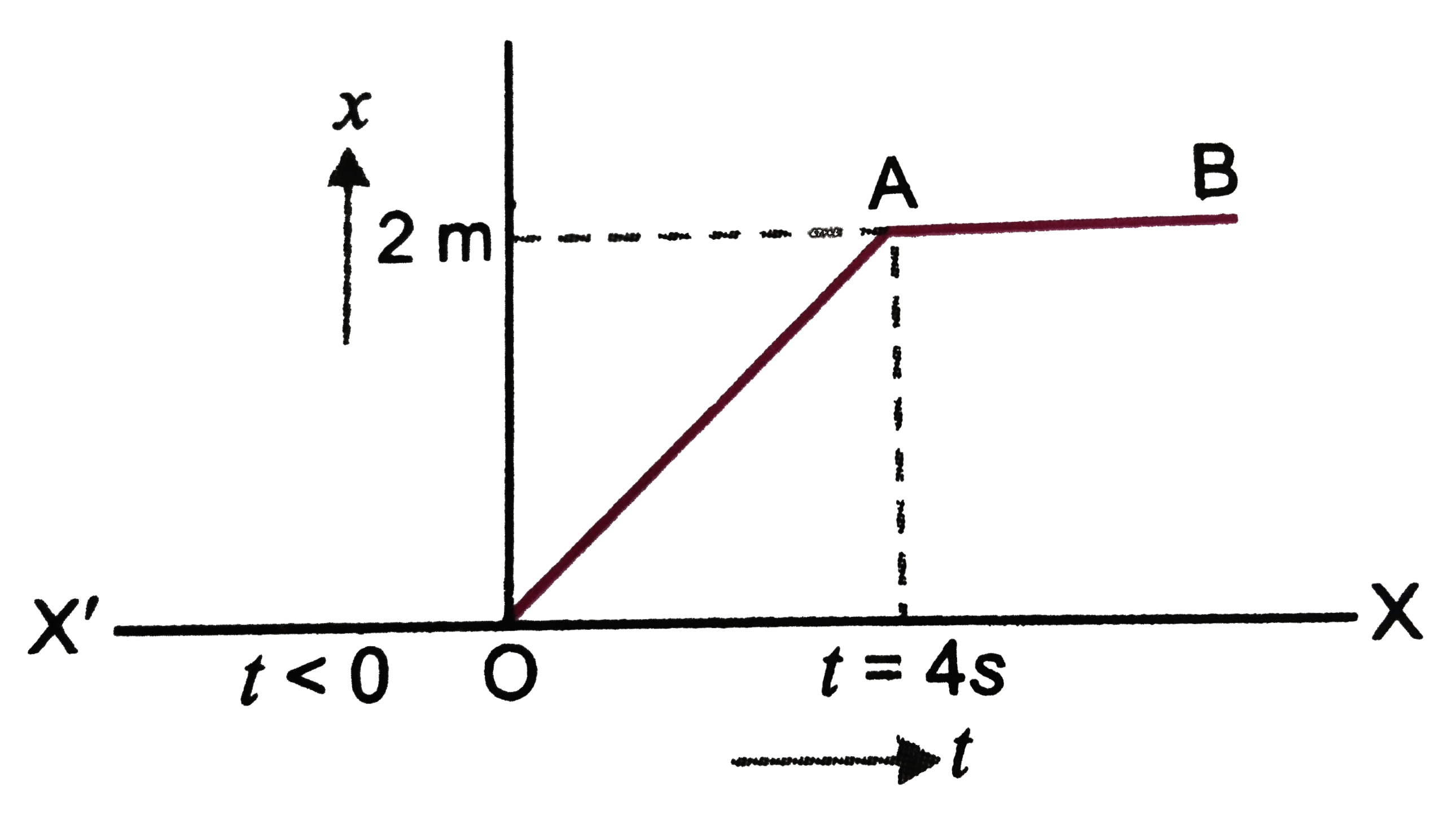 .View Solution
.View SolutionThe position-time graph of a particle of mass 0.1 kg is shown. The impulse at t = 2s is :
 View Solution
View SolutionPosition time graph of a particle of mass 2 kg is shown in figrure. Total work done on the particle from t=0 to t=4s is
 View Solution
View SolutionThe velocity − time graph of a particle is as shown in figure
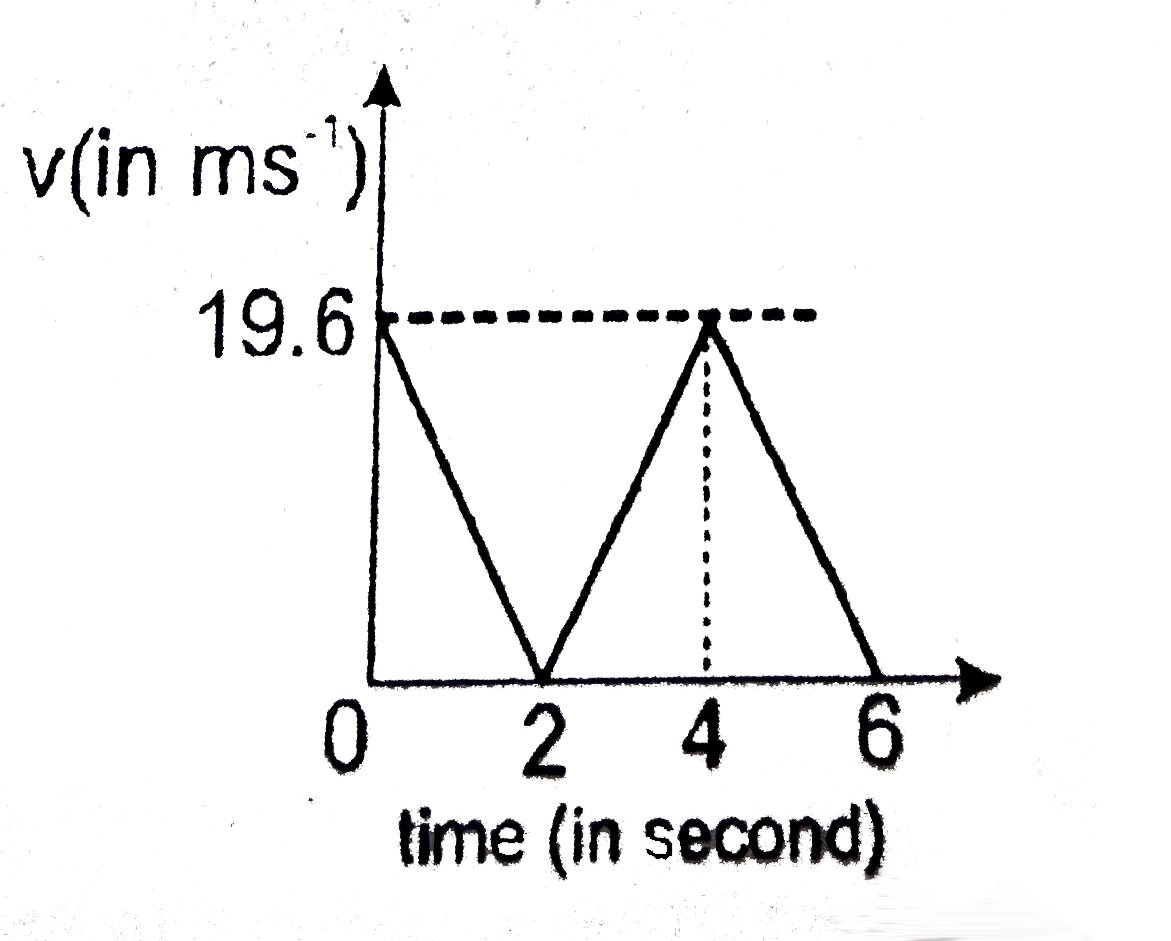 View Solution
View SolutionFigure shows the position time graph of a particle of mass 5kg. The force acting on the particle for 0<t<4s and 8s<t<12s respectively are,
 View Solution
View Solution


